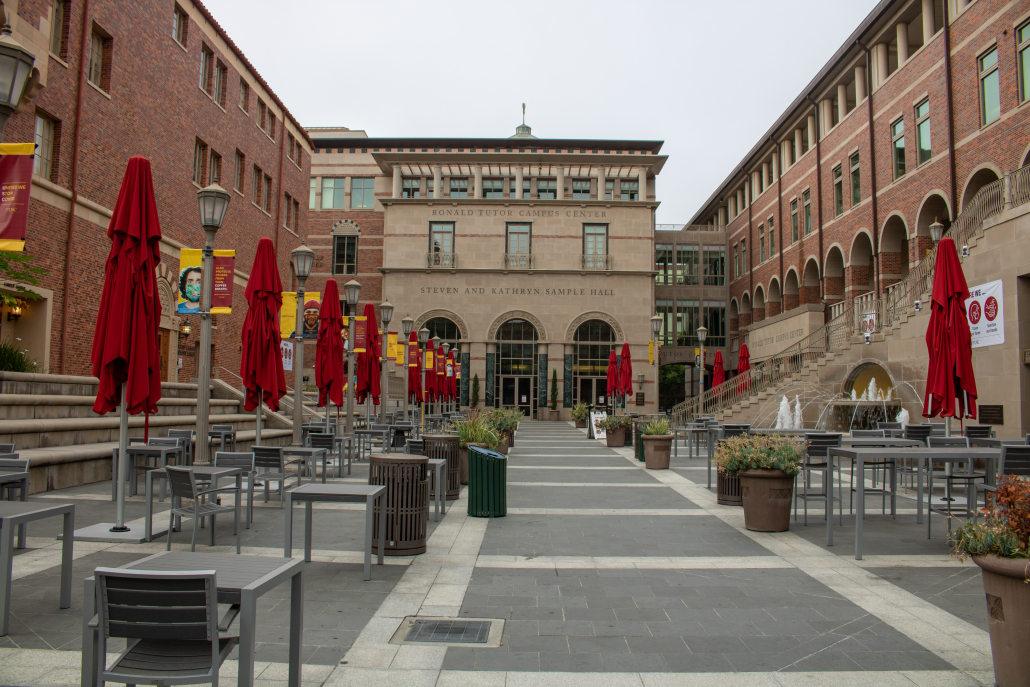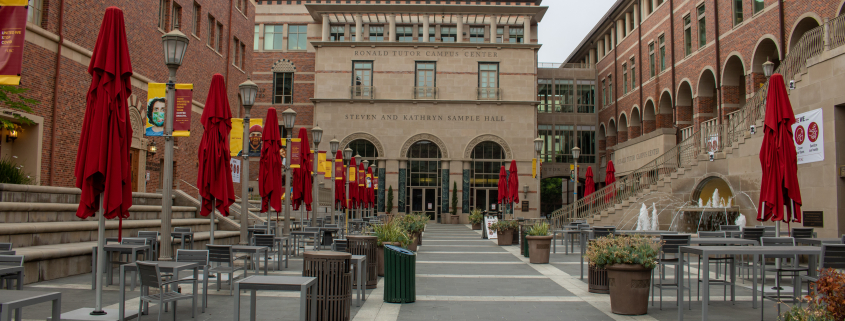Students returning to campus may need to adjust

Life is trying to go back to normal and with the consistent distribution of the coronavirus vaccine, universities are ready to open their campuses for in person classes in the fall.
During the spring semester, President Carol Folt announced the plan to return to campus for Fall 2021. In April, another announcement was made that would require students, faculty and staff to be vaccinated before being able to participate in on-campus activities. The requirement will not take effect until coronavirus vaccines receive full approval from FDA. The school is giving students the option of declination forms that would permit them not to receive the vaccine for legitimate reasons, such as medical or religious grounds.
As incoming and returning students start to get excited that they will have an in-person college experience, there is some reluctance as students try to return to their normal, pre-pandemic ways.
Zoom classes have been a staple in the era of pandemic learning. This method of schooling has brought both advantages and disadvantages to student learning in the past year. Some students were grateful for Zoom because it allowed them to stay at home but still attend class. Others suffered from Zoom fatigue and found themselves incapable of real learning while also struggling mentally to find a silver lining around their same, everyday remote routines.
But, now, students are going to have to adjust, again.
With the increase of vaccinated students around the campus, the feeling of being outside and around more people can come with a sense of anxiety and change of routine.
The entire 2020-21 school year was spent with most students all over the country moving from their beds to their desks to attend classes and do their work. They spent the majority of their days inside their bedrooms or houses as they depended on their internet connection to hold up, hoping that it wouldn’t lag during their class.
Those stresses will no longer exist soon but a new form of stress may arise. A lack of motivation was one of the biggest problems that students struggled with during the pandemic — feeling as though they reached burn out more quickly during Zoom University than they did in person.
Students will have to take time to adjust back to what was once normal for them. It will be a challenging adjustment. For instance, logging onto Zoom last minute to attend class, now changes to having to go back to a regular routine of waking up early and making a commute to campus.
Another adjustment for students will be reverting back to their social tendencies. Being in a pandemic for an entire year and not being able to see people can change how people are able to interact with each other, not only in a social setting but in a classroom setting.
There will have to be some patience from professors as students revert back to their old practices. This can also be a learning experience for professors as they can return to their normal teaching styles in an actual classroom and not have to put their entire existence of teaching in the hands of a computer. This shift comes with a sense of readjustment as they will have to find their rhythm back in the classroom to keep the attention of students that grew accustomed to seeing them virtually.
Universities returning to in-person teaching is a step that a lot of people have waited for. Students now feel like they can get their money’s worth since they will be on the campus physically. Still, these universities must understand that student readjustment will be a whole process of its own.
Professors should be understanding that it takes time for students to find the motivation that they once had and that it might take even more time for them to feel comfortable being in the classroom again.
There are tons of measures the University can take to help facilitate this adjustment. One method is to have socially distanced events in the first few weeks of school to allow students the chance to get to know their academic community.
Ultimately, the goal should be to make students feel comfortable in an environment that has been foreign to them for quite some time. Students from around the world will be occupying the campus, and it is the perfect time for faculty and staff to show their eagerness for normalcy by welcoming students with excitement and grace.
Teachers and faculty should strive to generally afford students time to find their academic rhythm and not expect them to be 100% during the first or second week of classes.
The pandemic has forced everyone to transition, especially the students. Hopefully, this fall will promote better mental health for students as they navigate dealing with burnout and exhaustion in a better environment.
It is now in the hands of University officials to make students their number one priority in the return to campus. Their responsibility exists not only on the side of health and safety but in their efforts to make the transition to in person a welcoming and gracious experience.

